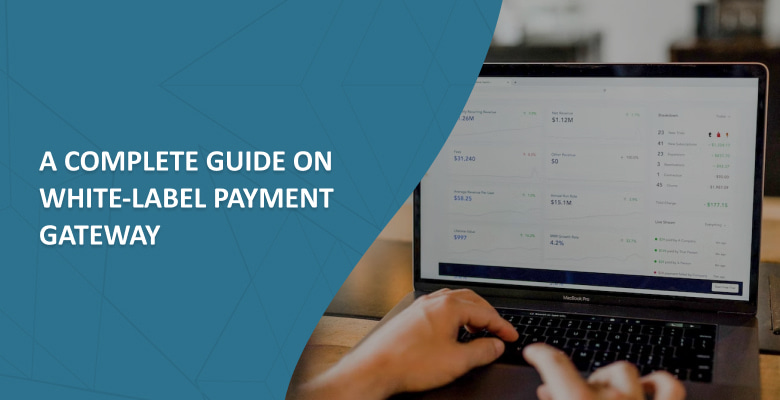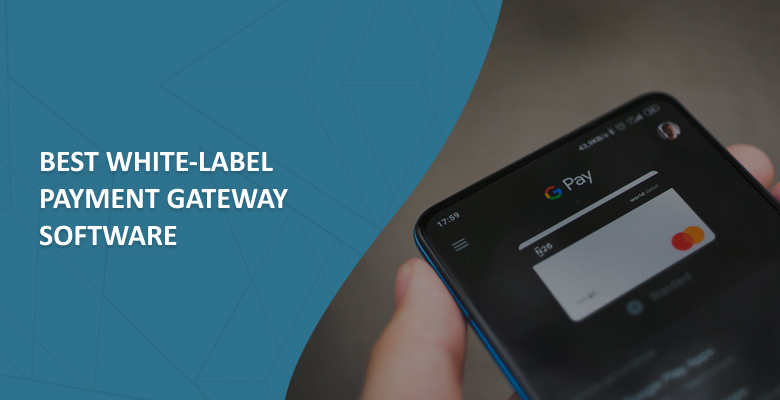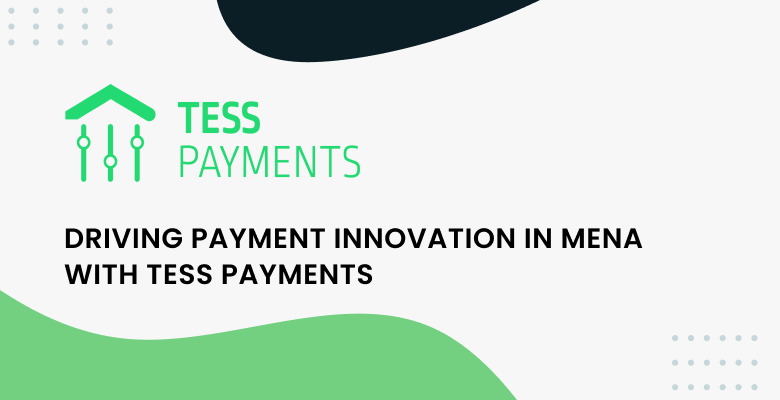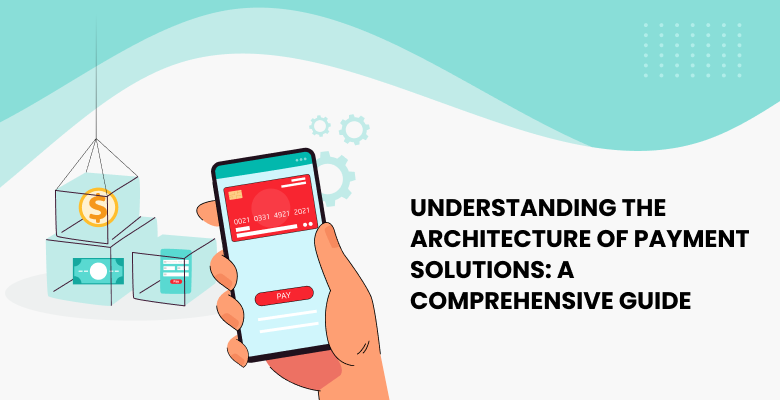
Companies must decide whether to build their own payment infrastructure or leverage existing solutions in the ever-changing digital transaction landscape. A high-quality payment architecture ensures security, scalability, and compliance while minimizing operational risk. This guide examines the core components of payment solutions, highlighting key architectural considerations and the benefits of using off-the-shelf platforms.
Core Components of a Payment Solution
A robust payment system consists of several key elements:
Payment Gateway:
Acts as an intermediary between merchants and banking institutions, securely encrypting and transmitting transaction data.
Payment Processor:
Responsible for processing transaction applications, authorization, and settlements with acquiring banks.
Merchant Accounts:
Enable merchants to accept digital payments by temporarily locking transaction funds until settlement.
Fraud Prevention and Security Layers:
Include tokenization, 3D Secure authentication, and AI-based fraud detection mechanisms.
Accountability and Compliance:
Ensures PCI DSS, GDPR, and PSD2 compliance to secure customer data.
Choosing the Right Architecture
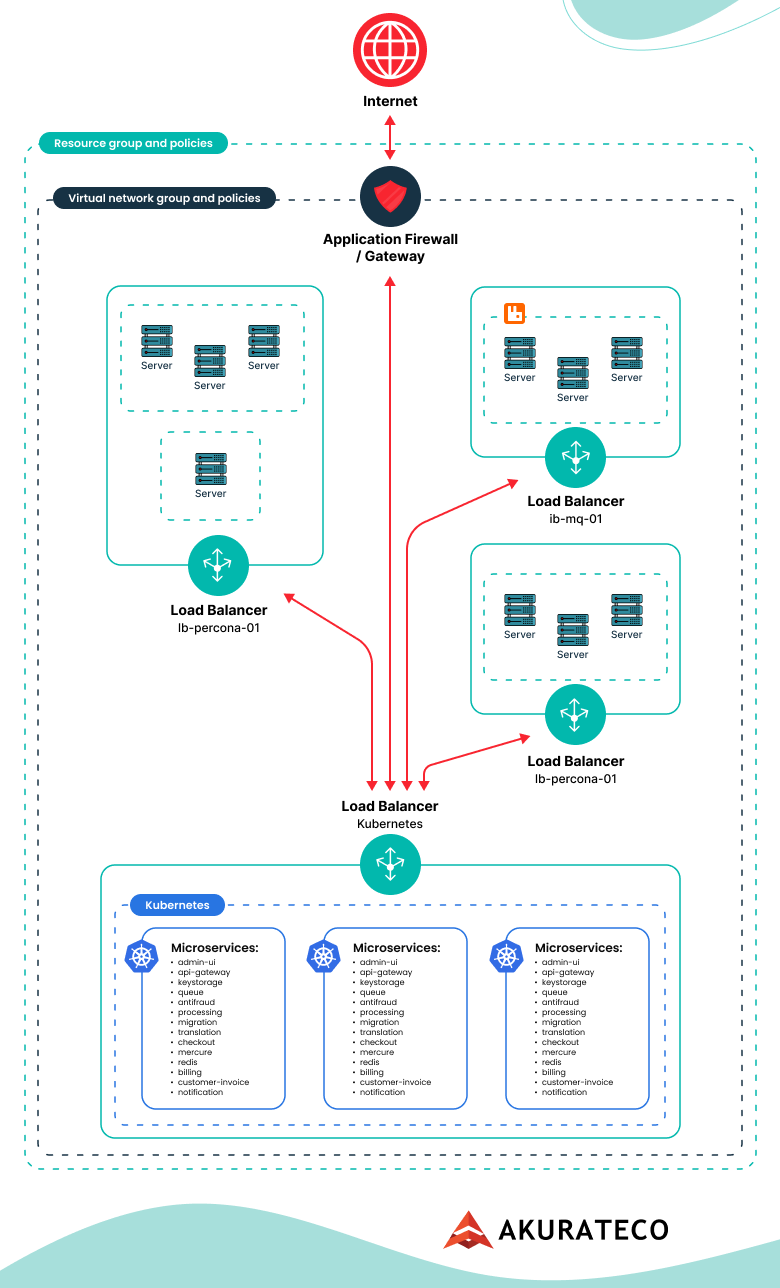
There are different architectural approaches to implementing a payment system:
1. Monolithic Architecture
Traditionally, payment gateway systems’ architecture has been designed as monolithic systems, with all modules tightly nested in a homogeneous code base. This style simplifies development but lacks scalability and elasticity. Updating or rebuilding requires significant effort, making it less suitable for companies experiencing rapid growth.
2. Microservices Architecture
Modern payment gateway architecture solutions favor microservices architecture, where different functions operate independently but communicate seamlessly through APIs. This modular approach improves scalability, resilience, and ease of integration with third-party services. Companies can deploy updates without disrupting the entire system, increasing productivity and fostering faster innovation.
3. Cloud Payment Solutions
With cloud computing on the rise, many payment platforms are migrating to cloud-based architectures. These solutions offer automatic scaling, high availability, and reduced infrastructure costs. Cloud payment systems efficiently handle global transactions, making them an excellent choice for companies with international operations.
Challenges of Building a Custom Payment Infrastructure
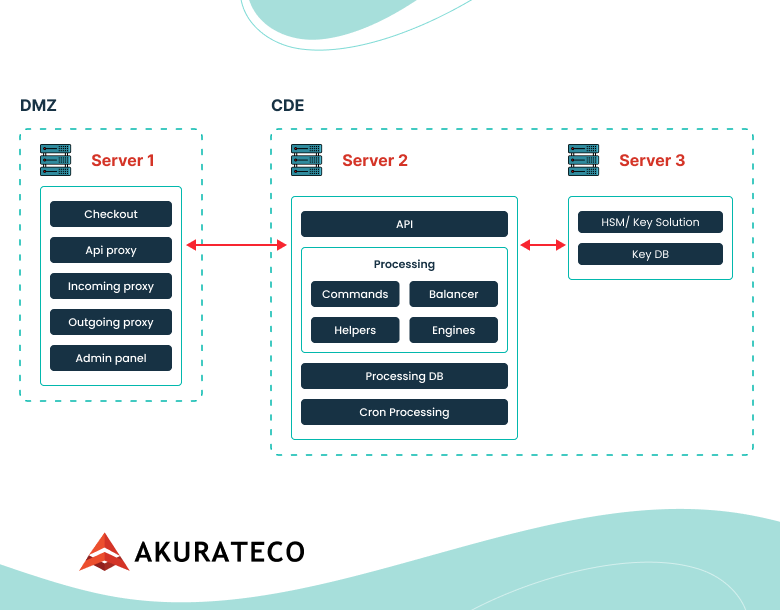
Developing an in-house payment solution requires significant time, resources, and expertise. Some of the significant challenges include:
Compliance:
Navigating financial regulations across jurisdictions is complex and requires continuous updating.
Security and Fraud Prevention:
Implementing robust security measures to combat fraud and data breaches is ongoing.
High Initial Investment:
Building a scalable and secure payment processing system from scratch demands significant financial and technical resources.
Complex Integration:
Interfacing with banks, payment processors, and alternative payment systems requires extensive API development and maintenance.
Why Off-the-Shelf Solutions Are Often the Best Fit
While building a custom payment system provides control, it is often not the most cost-effective or fastest option. Leading payment orchestration platforms like Akurateco offer a pre-built, customizable infrastructure that reduces development overhead and accelerates time to market. These solutions feature:
- Multiple acquirer capabilities to improve transaction success rates.
- Advanced fraud detection systems to minimize security risks.
- Pre-configured compliance to eliminate legal complexities.
- Seamless API integration with major banks and alternative payment providers.
By choosing a solution like Akurateco, companies can focus on scaling their operations without the burden of managing a complex payment infrastructure. This increases efficiency and optimizes costs, making it a strategic choice for businesses looking to streamline their payment processes.
Conclusion
A well-structured payment architecture is crucial for performance, security, and flexibility. While some companies can develop their systems, compliance, security, and integration challenges make ready-made solutions an attractive alternative. Platforms like Akurateco provide a secure, scalable, and cost-effective payment processing solution, enabling businesses to focus on growth rather than infrastructure management.


